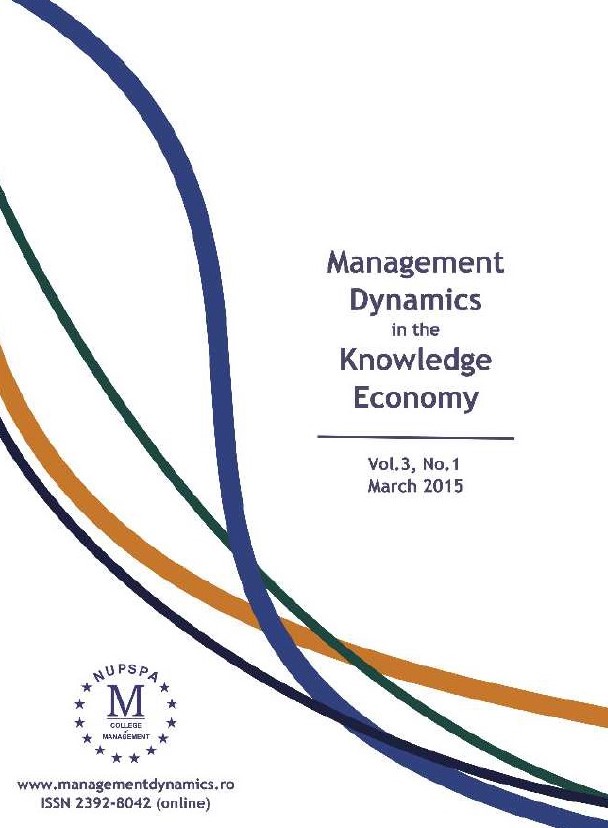Author(s): Serhii Illiashenko,Liubov Syhyda / Language(s): English
Issue: 2/2016
In the article stages of marketing distribution policy diagnostics are defined. At the first stage, it is proposed to analyse factors of enterprise internal and external environment (gathering information about general trends in the markets and factors of micro-environment (customers, competitors, suppliers, intermediaries, contact audiences). It is approved that analysis of general trends of the market’s development give an opportunity to determine the state of the enterprise macro-environment. At the same time, it is defined that the greatest influence on the marketing distribution policy provide such internal subsystems of the enterprise, as material and production, information, social, marketing and financial.
At the second stage of marketing distribution policy diagnostics, researchers propose to analyse the internal system of marketing distribution policy at the enterprise. It is determined that the effectiveness of marketing distribution policy can be defined basing on indicators that can be combined in the following groups: 1) indicators of the enterprise’s market share (the market share of the enterprise, the rate of the market share increase), 2) indicators of sales activities profitability (the rate of profit from sales increase (decrease), the rate of receivables increase (decrease), product profitability, sales profitability), 3) indicators of sales expenses efficiency (sales volume of expenses, the rate of sales expenses increase (decrease), the ratio of increase (decrease) in sales from the sales costs increase (decrease), the profitability of investment in marketing and sales), 4) indicators of inventory (inventory levels, the proportion of unsold commodities in the value of the produced commodities, the coefficient of inventory turnover) and 5) indicators of service level (the rate of complaints increase (decrease), the rate of concluded contracts number increase (decrease)). And the third stage of marketing distribution policy diagnostics, it is recommended to identify internal (e.g., lack of sales personnel evaluation system, risk of marketing channels incorrect choice, risk of distribution strategies incorrect selection, risk of sales activity costs increasing, low level of assortment renovation and others) and external (e.g., foreign risk, inflation risk, tax risk, political risk, risk of legislative changes, risk of target segment incorrect selection, high level of competitive forces influence and others) sales risks that affect or may affect marketing distribution policy.
More...













